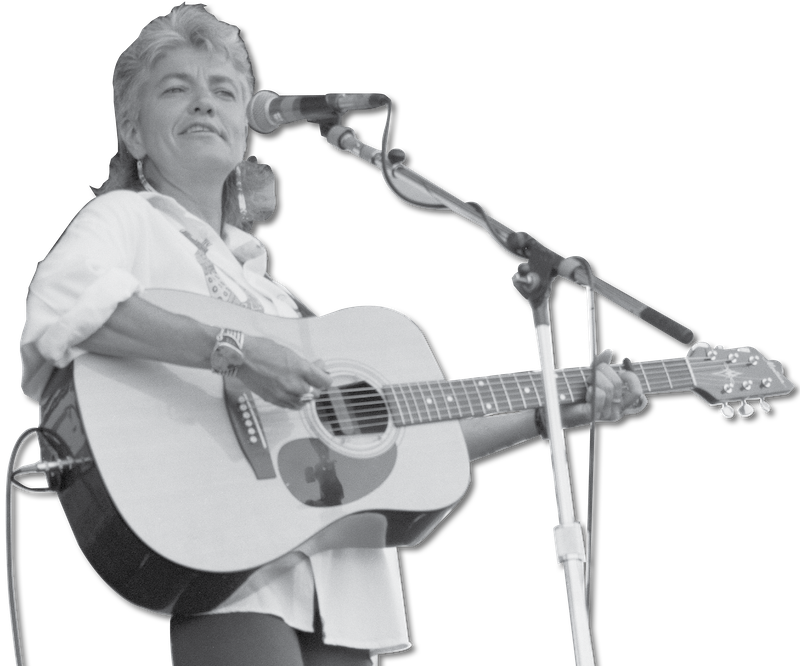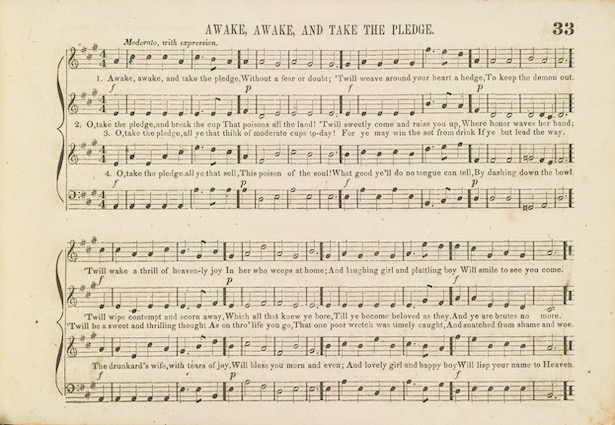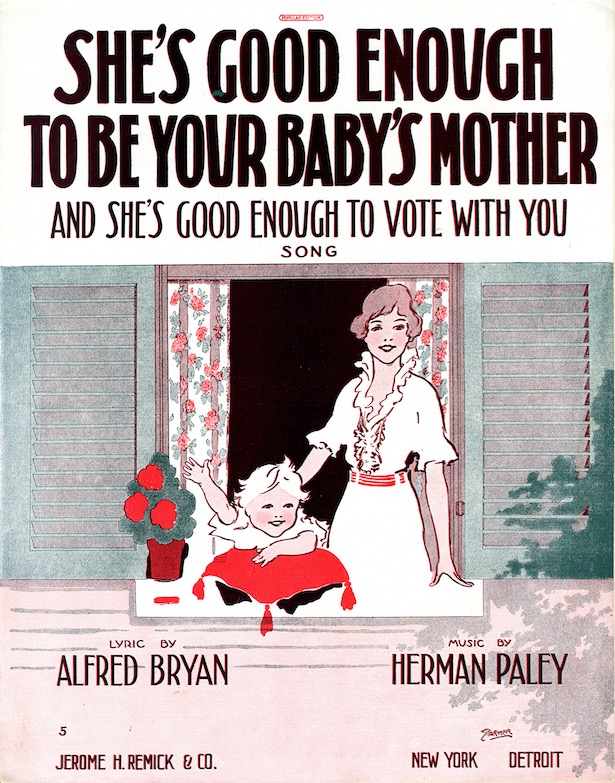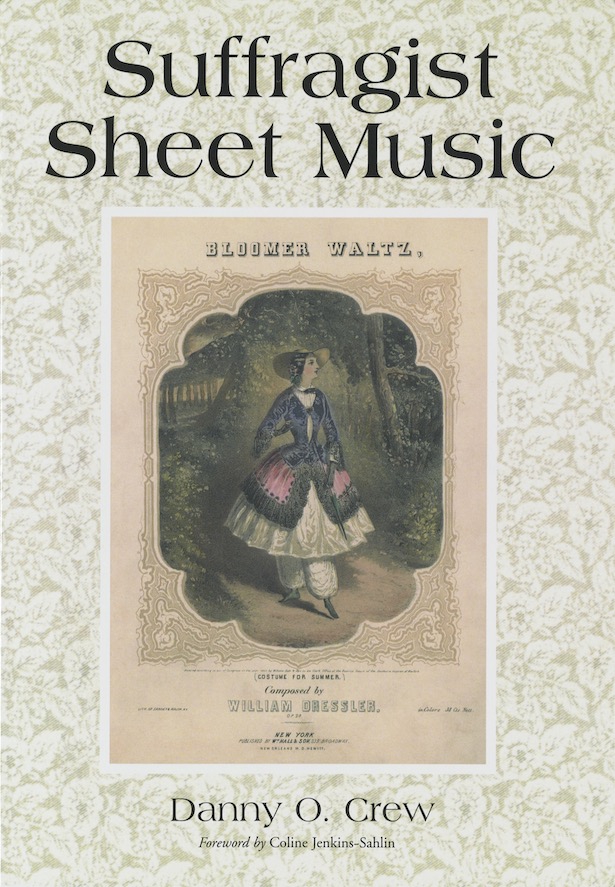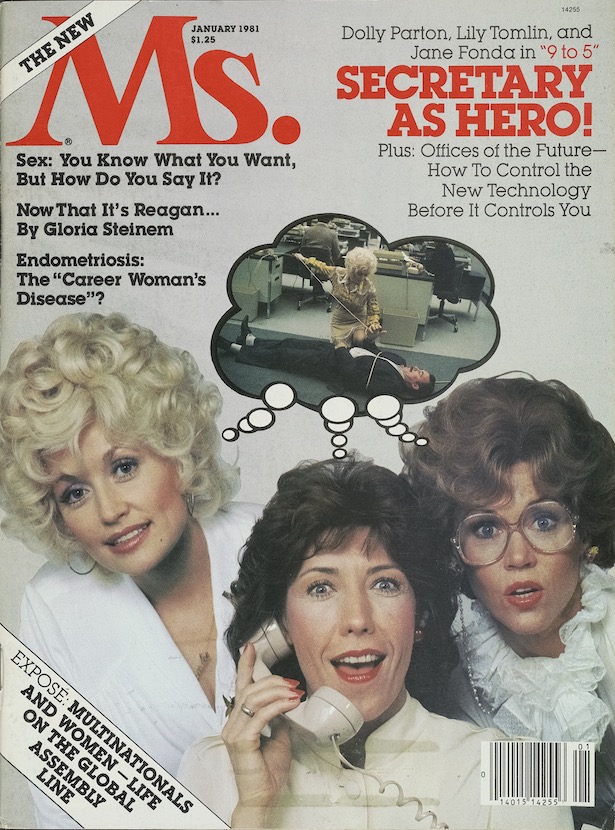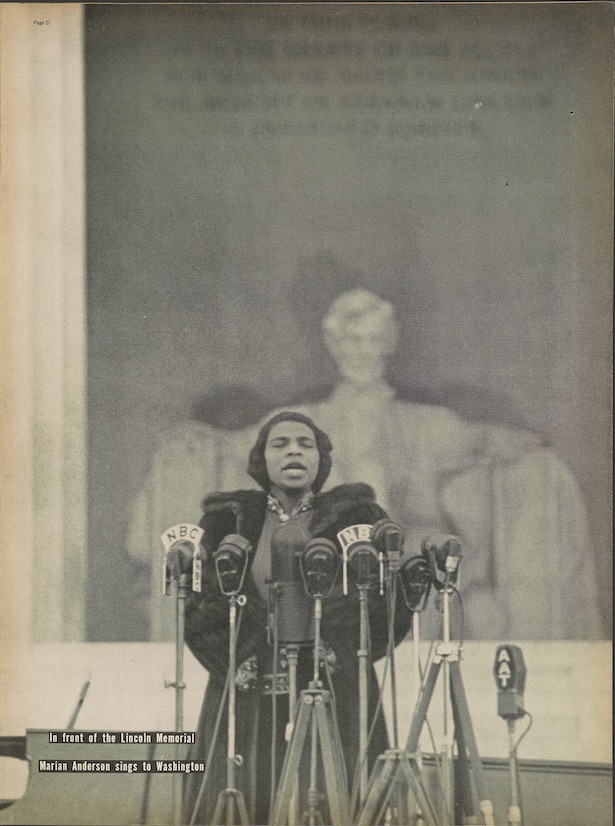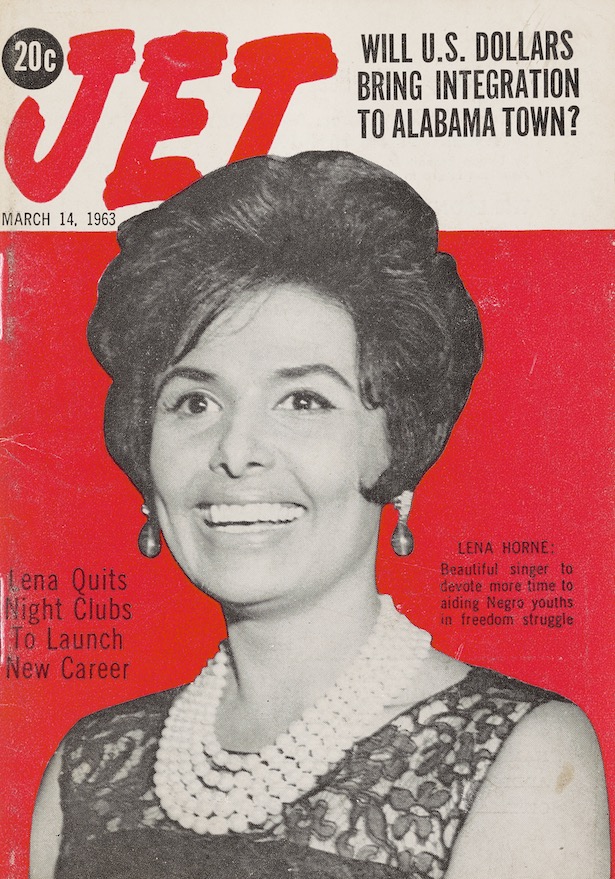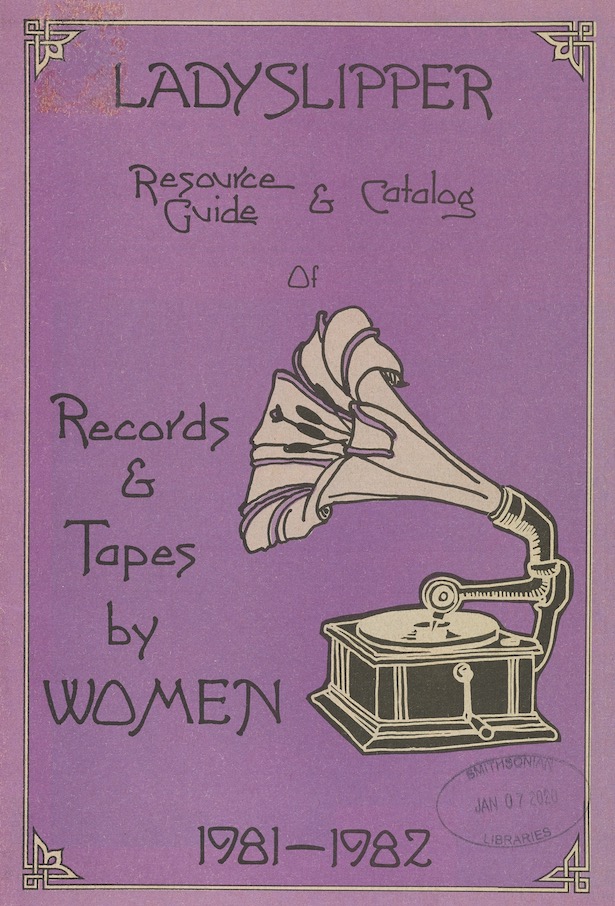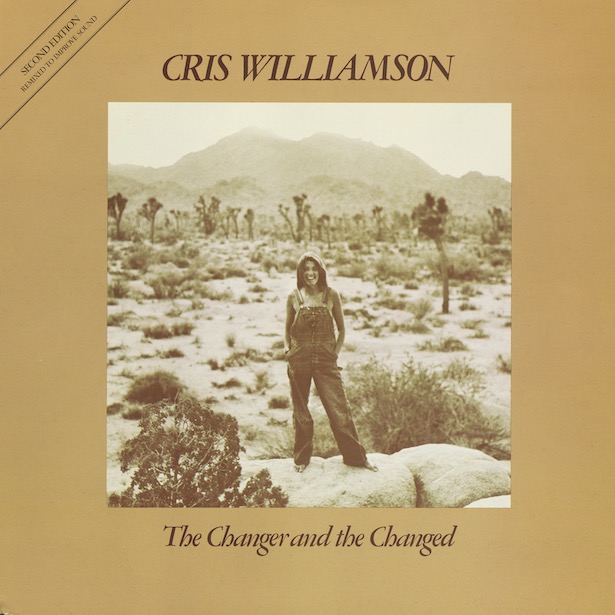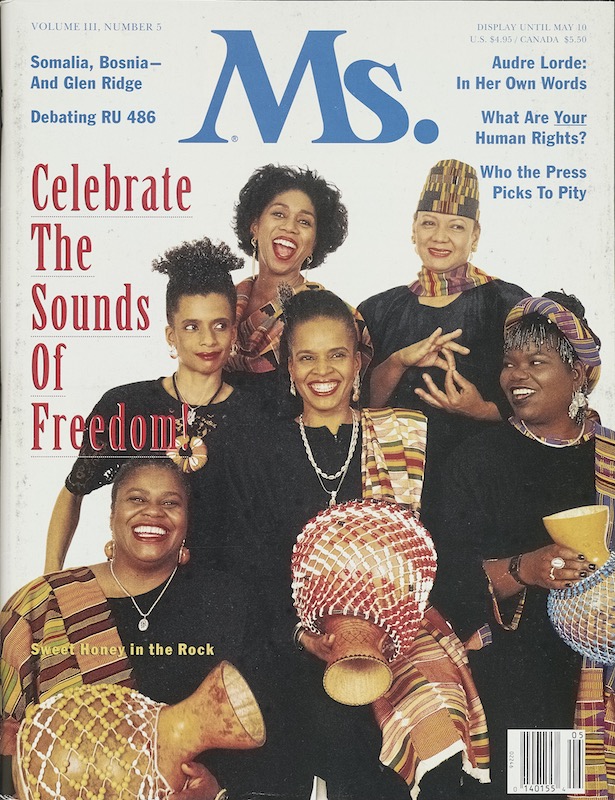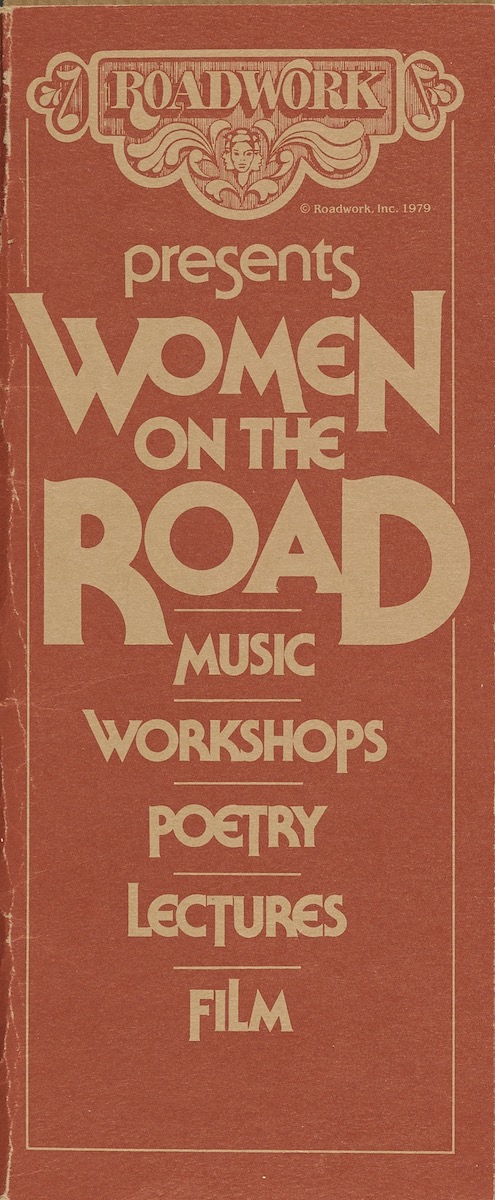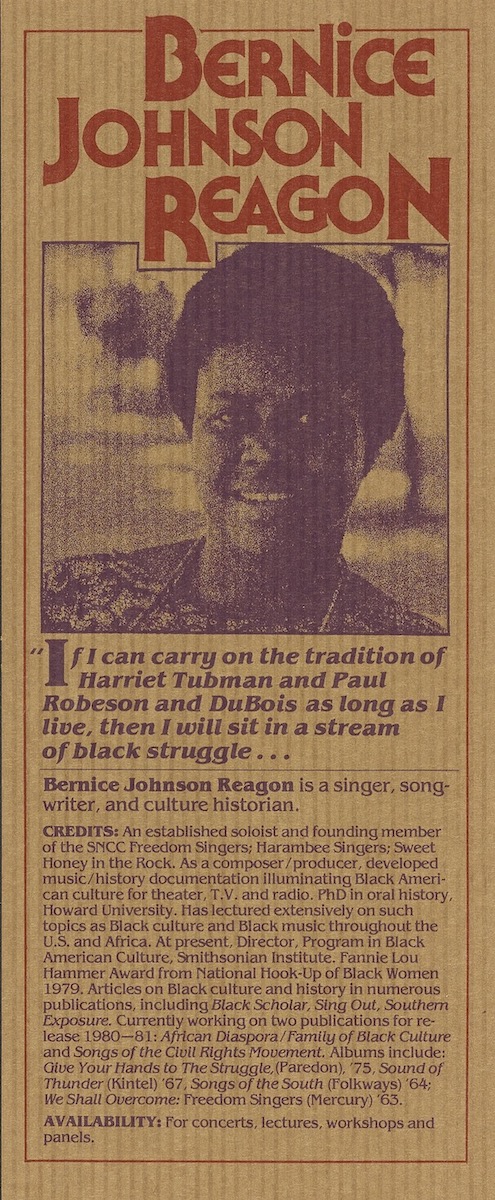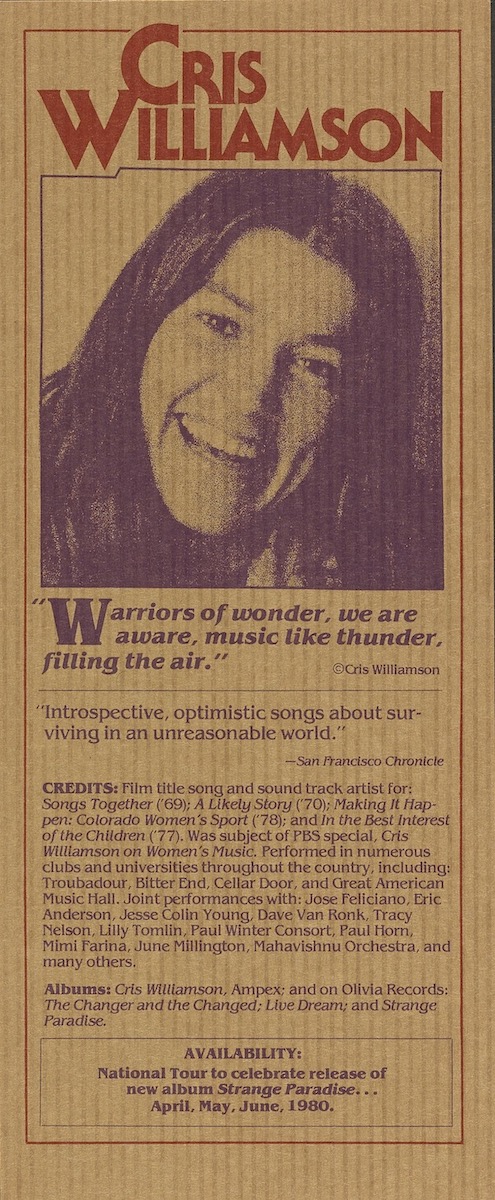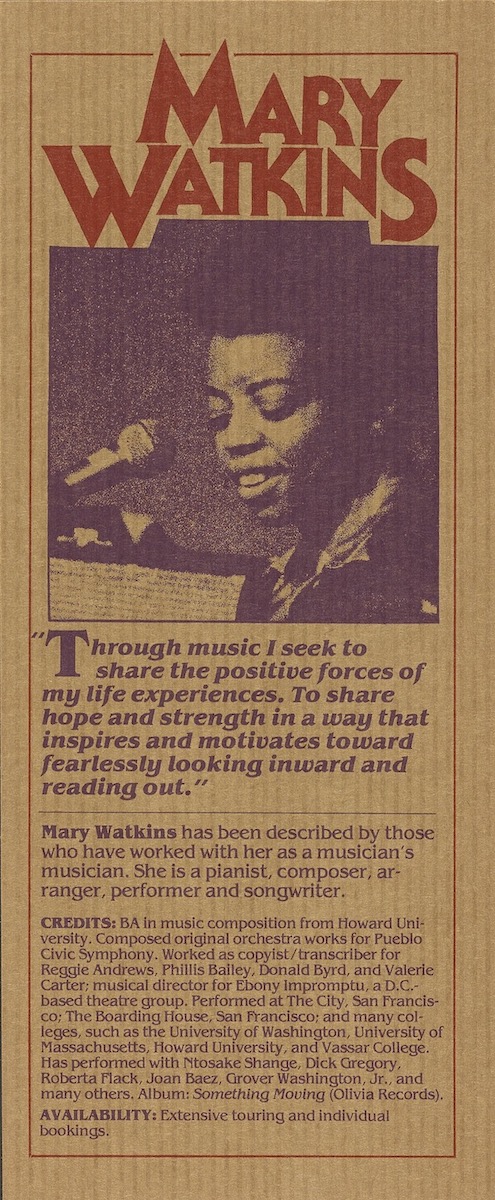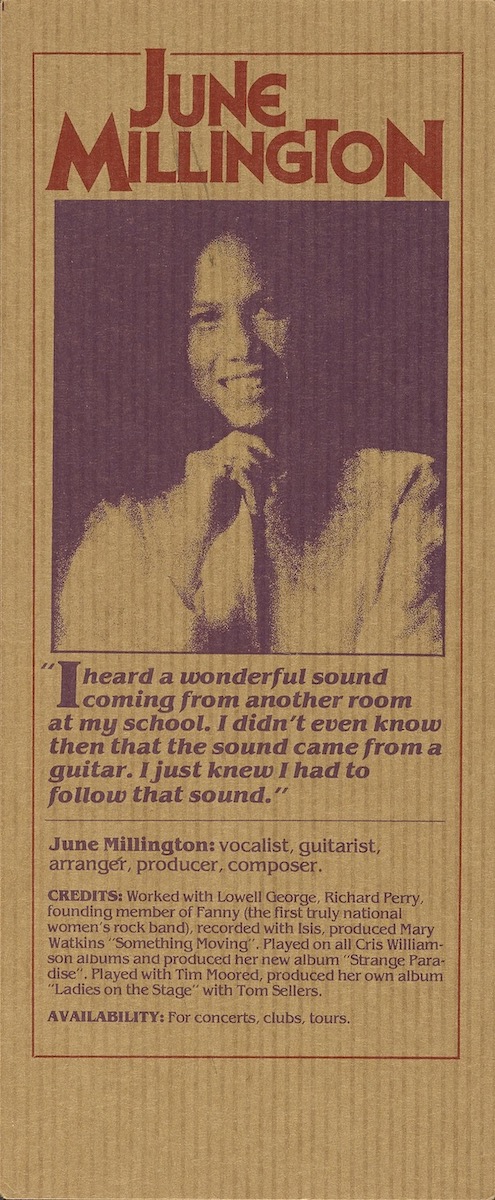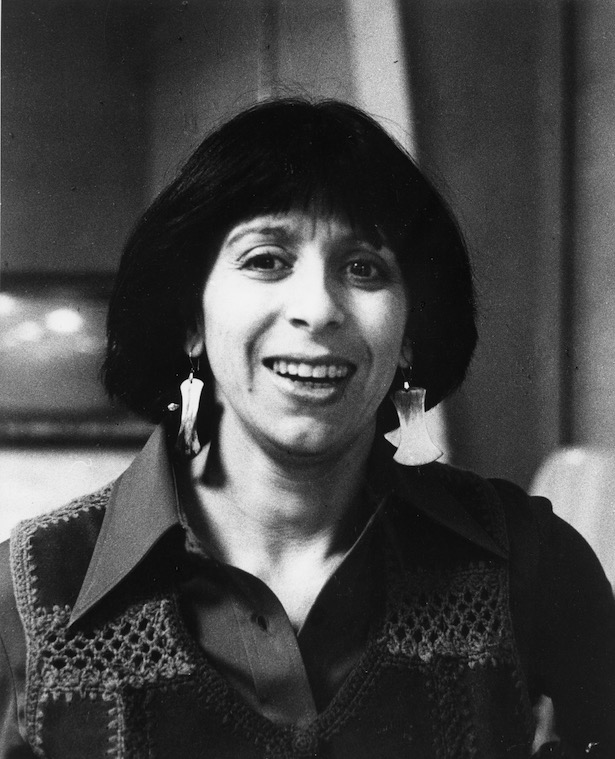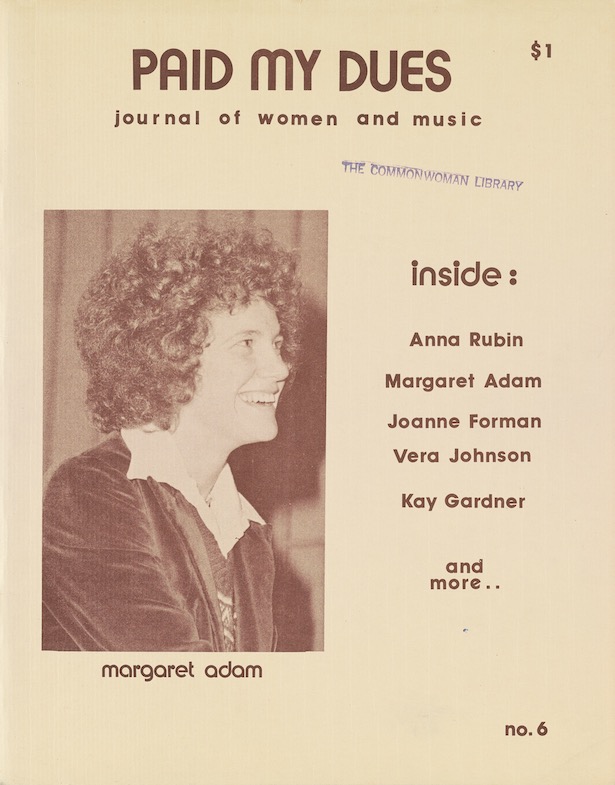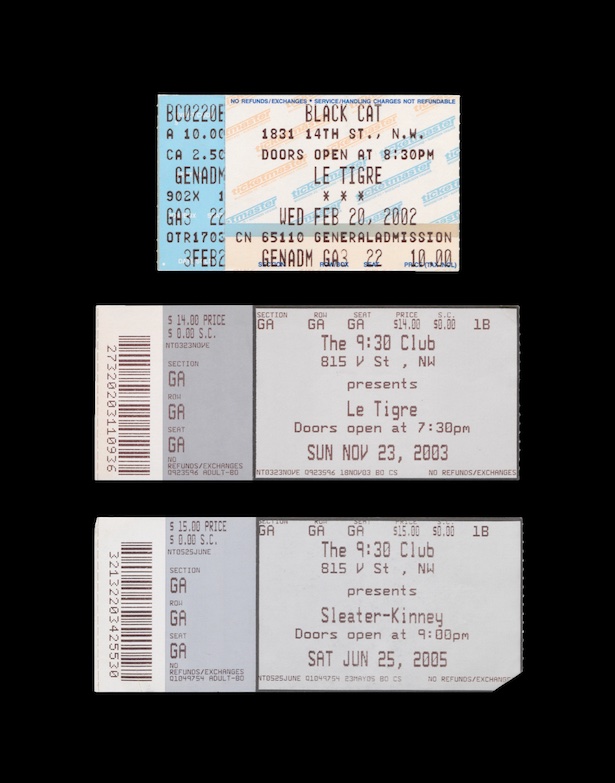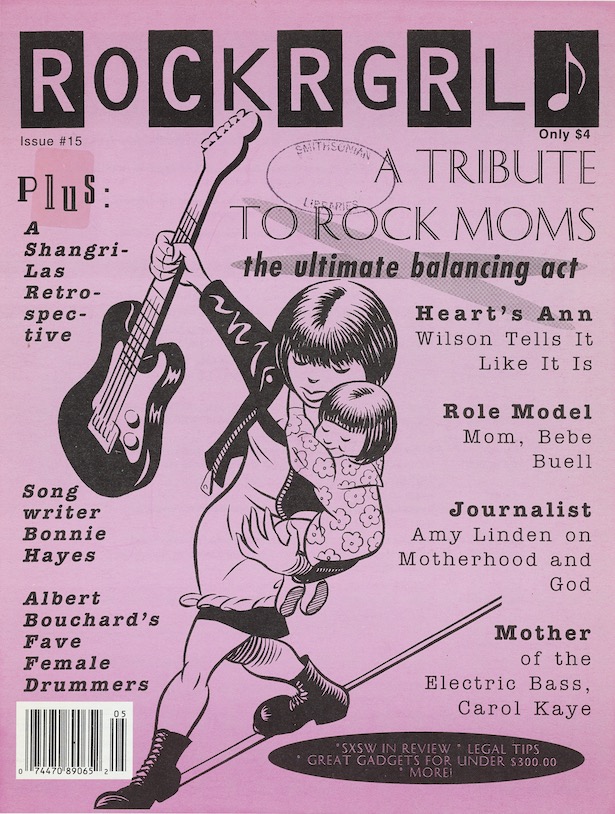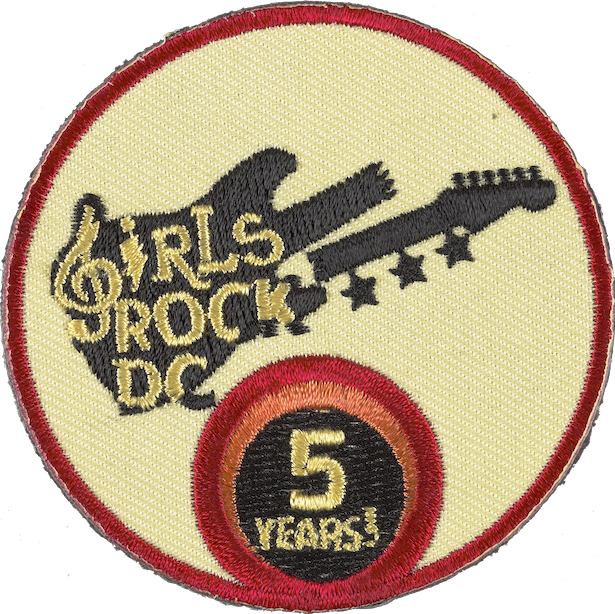Changemakers
Ladyslipper Catalog: Records & Tapes by Women
Durham, North Carolina, 1980
Gift of Laurie Fuchs, Ladyslipper
Cris Williamson at the Newport Folk Festival, 1992
Photo by Diana Jo Davies
Ralph Rinzler Folklife Archives and Collections
Political and Legal Change
American social and political movements have had their own soundtracks. In eras with low literacy rates and limited mass media, many political movements used songs to reach public audiences. Abolition, temperance, and suffrage activists used songs to promote their causes. These political efforts resulted in the passage of the 13th, 18th, and 19th amendments to the U.S. Constitution.
Abolition
In the early nineteenth century, women took an active role in the Abolition Movement. Several contributed to Liberty Minstrel, written in 1844, which used the popular entertainment medium of minstrelsy to promote the abolition of slavery.
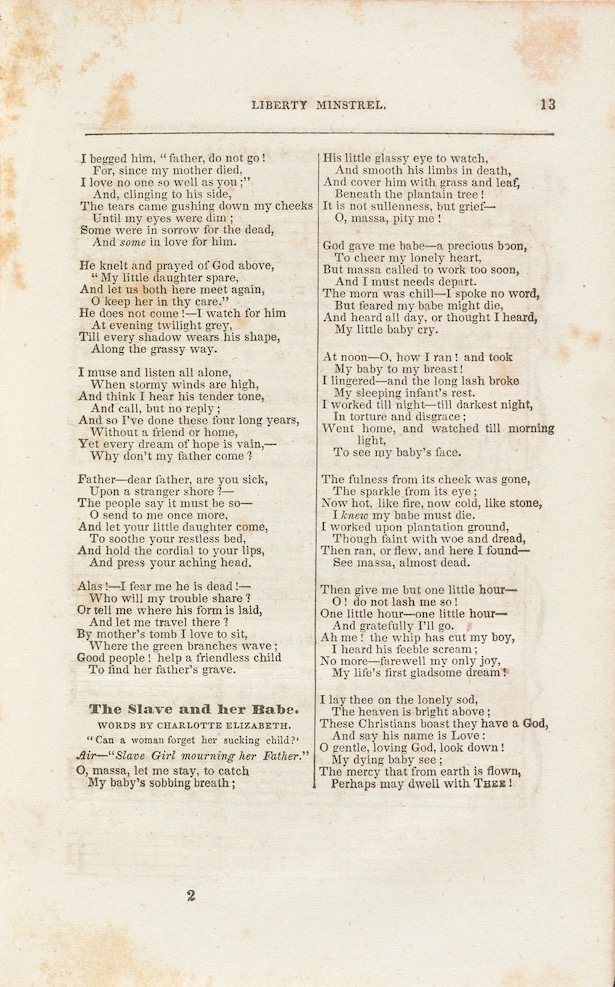
“The Slave and Her Babe”
Words by Charlotte Elizabeth
The Liberty Minstrel
George W. Clark
New York, 1845
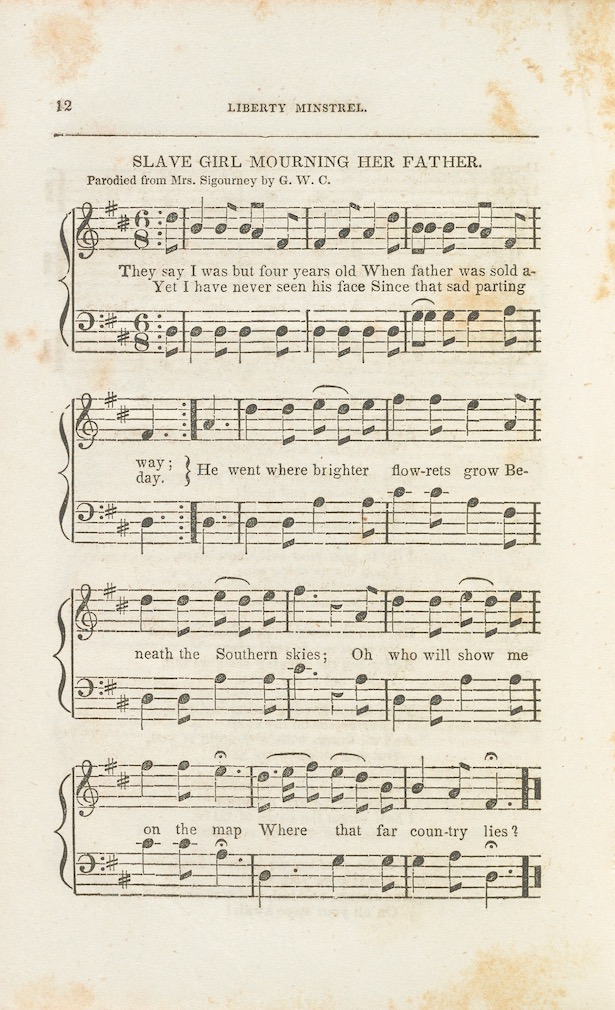
“Slave Girl Mourning Her Father”
Words by
The Liberty Minstrel
George W. Clark
New York, 1845
Prohibition Songs
Women played a pivotal role in the American Temperance Movement. Their songs were not subtle, but they were catchy. Songbooks helped reinforce a sense of solidarity and resolve among performers, encouraging them to “take the pledge” against alcohol. Their efforts led to the passage of the 18th Amendment to the U.S. Constitution, which prohibited the manufacture, sale, and transportation of alcohol. The amendment was repealed in 1933.
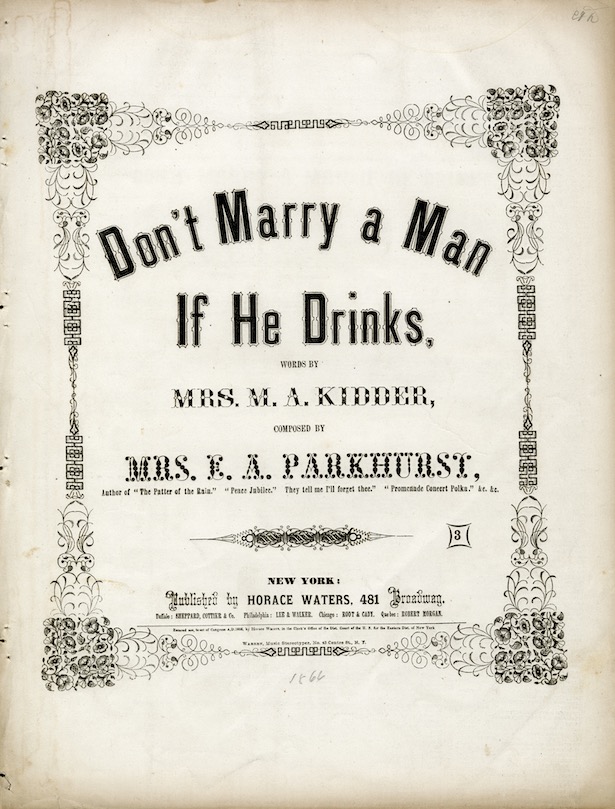
“Don’t Marry a Man if He Drinks”
Mrs. M.A. Kidder and Mrs. E.A. Parkhurst
New York, 1866
Sam DeVincent Collection, Archives Center, National Museum of American History
Suffrage
The Women’s Suffrage Movement produced a prolific song repertoire, written by both men and women, that advocated for women’s right to vote. Many songs simply created new lyrics for popular melodies, making them more accessible to everyday people.
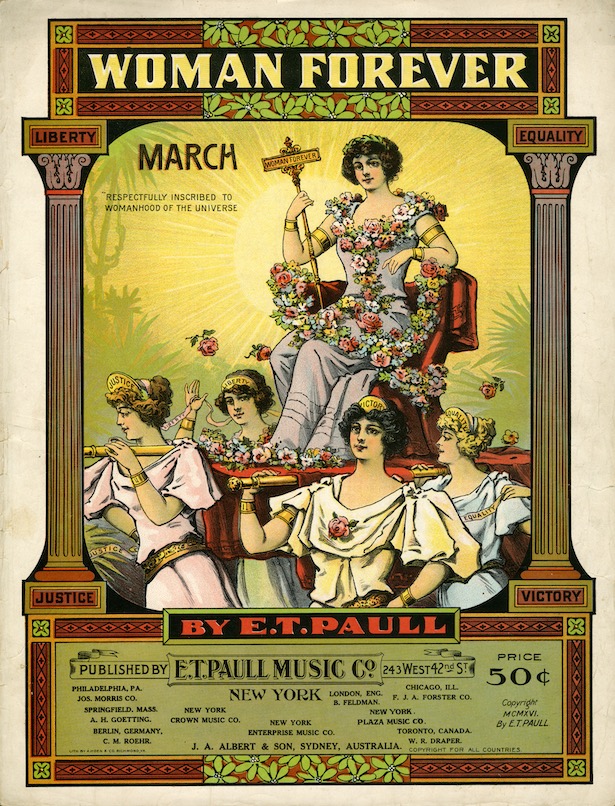
“Woman Forever March”
E.T. Paull
New York, 1916
Sam DeVincent Collection, Archives Center, National Museum of American History
Fannie Lou Hamer — The Fight for Suffrage Continues
Fannie Lou Hamer (1917–1977) was a strong advocate for voting rights and women’s rights, as well as a talented singer. She cofounded the Mississippi Freedom Democratic Party, sang for the Student Nonviolent Coordinating Committee, and pushed for the passage of the 1964 Civil Rights Act and 1965 Voting Rights Act, which helped to clarify the bounds of the constitutional right to vote.

Voice of Freedom: Fannie Lou Hamer, Spirit of the Civil Rights Movement
Carole Boston Weatherford
Illustrated by Ekua Holmes
Somerville, Massachusetts, 2015
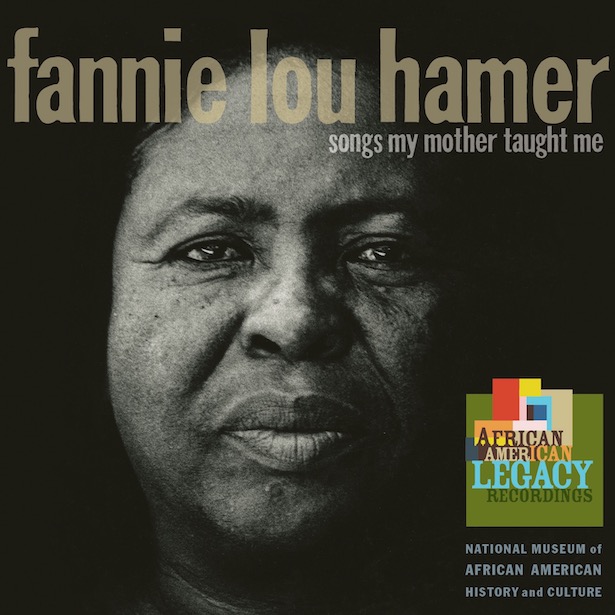
Fannie Lou Hamer
Songs My Mother Taught Me
Smithsonian Folkways Recordings
2015 (recorded 1963)

Guy Carawan, Fannie Lou Hamer, Bernice Johnson Reagon, and Len Chandler perform at the 1965 Newport Folk Festival
Photo by Diana Jo Davies
Ralph Rinzler Folklife Archives and Collections
Labor Reforms
Women’s labor music expresses the conditions, desires, and experiences of women workers and organizers. Through the years, the labor movement has won legal protections for workers and instituted labor laws that benefited women’s working conditions in the United States. Music has played an important role in creating and maintaining cohesion in the movement, conveying values and warnings across geographies, and strengthening resolve among advocates.
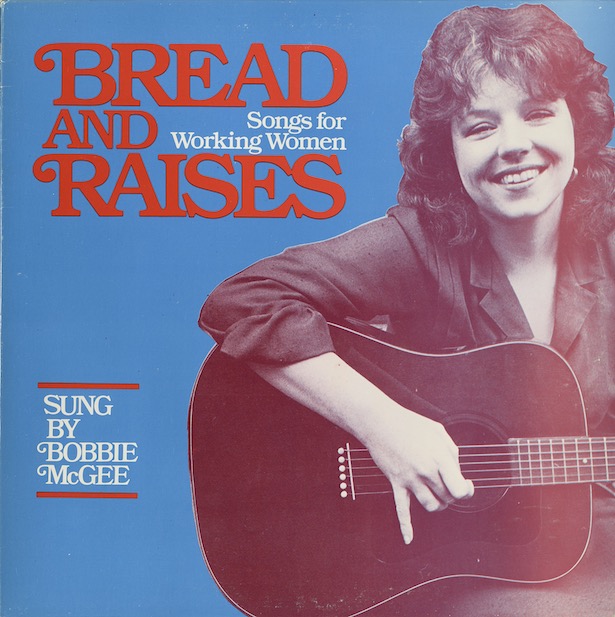
Bread and Raises: Songs for Working Women
Bobbie McGee
Collector Records, 1981
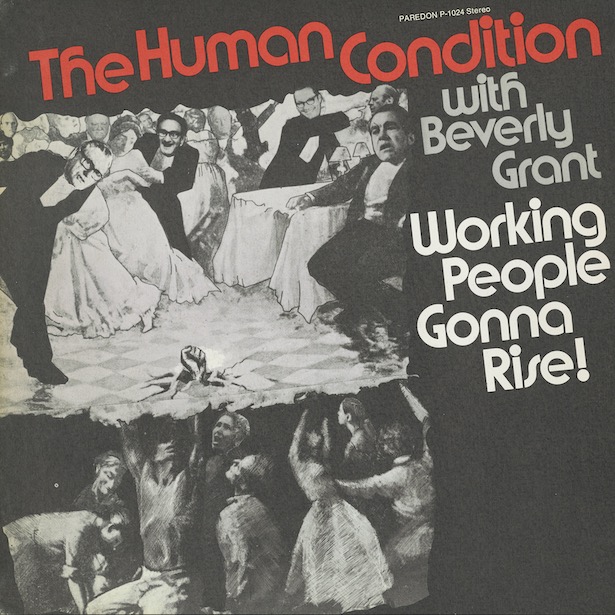
Working People Gonna Rise!
The Human Condition with Beverly Grant
Paredon Records, 1974
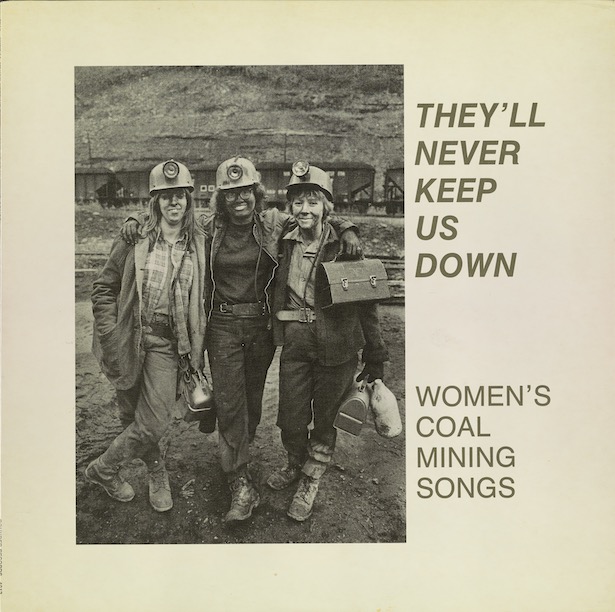
They’ll Never Keep Us Down: Women’s Coal Mining Songs
Hazel Dickens
Rounder Records, 1984
Sarah Ogan Gunning (1910–1983) was a Kentucky folk singer and union supporter. With her older half-sister, Aunt Molly Jackson, Gunning sang songs that advocated for coal mining laborers despite strong resistance from company bosses and their privately hired guards.

Sarah Ogan Gunning
Girl of Constant Sorrow
Folk-Legacy Records, 2006 (originally released 1965)
Smithsonian Folkways Recordings
Which Side Are You On?
Florence Reece penned the famous labor anthem “Which Side Are You On?” after she and her family were threatened with police violence for her husband’s organizing work with miners in Harlan County, Kentucky. Decades later, the song’s lyrics would be reworked across different contexts, playing a prominent role not only labor, but in the civil rights movement as well.
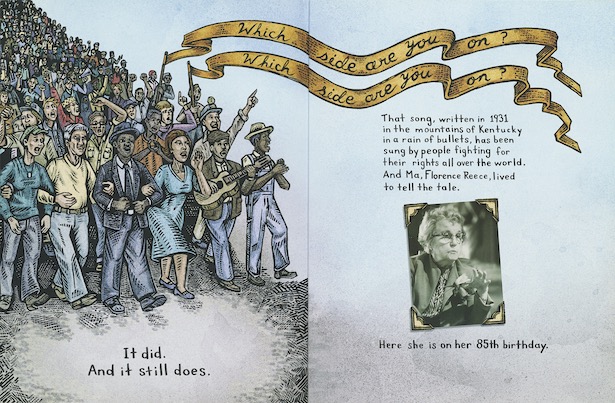
Which Side Are You On? The Story of a Song
George Ella Lyon
El Paso, 2011
I’m Gonna Be an Engineer
Peggy Seeger’s album Different Therefore Equal (1979) was groundbreaking in its exclusive focus on women’s issues, ranging from gender conditioning in childhood to women’s health and education. Perhaps her most well-known song, “I’m Gonna Be an Engineer,” tackles the marginalization and determination of women in engineering.
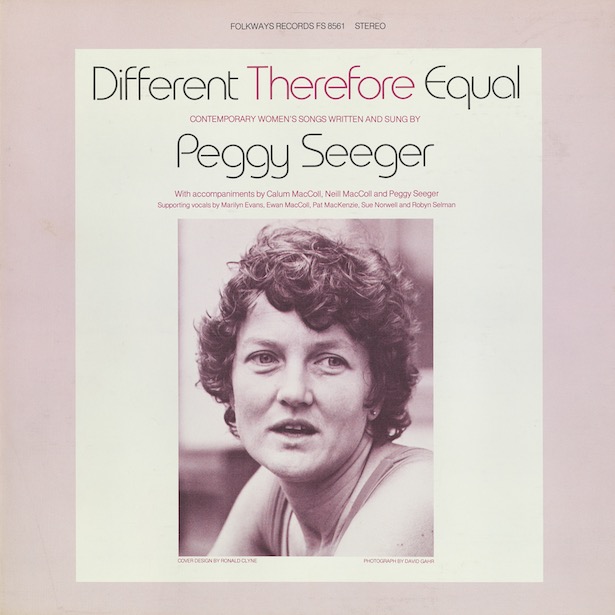
Different Therefore Equal
Peggy Seeger
Folkways Records, 1979
9 to 5
The popular film 9 to 5, released in 1980, depicts the adventures of three women office employees who work to overthrow their chauvinist male boss. Dolly Parton, who stars in the film, wrote the film’s GRAMMY Award-winning theme song of the same name.
Musicians Fighting for Civil Rights
During the civil rights movement, many renowned women musicians were practicing activists. They used their music to protest and raise awareness about injustices facing the Black community.
Music of the civil rights movement was intentionally catchy and compelling. Artists wrote songs designed to unify the voices of protesters, strengthen their resolve, and communicate with the public at large.
Marian Anderson
In 1939, Marian Anderson (1897–1993) boldly sang at the Lincoln Memorial after being denied a performance at Constitution Hall because of her race. The concert became a defining moment in the desegregation movement. In 1955, she performed at the Metropolitan Opera in New York City, becoming the first African American to sing a leading role within the company.
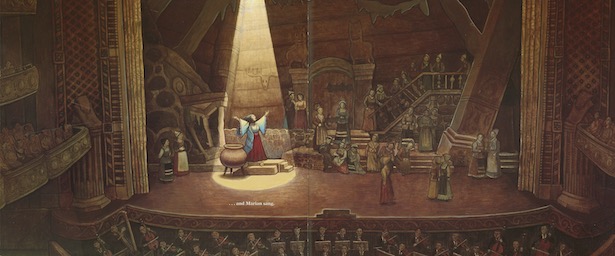
When Marian Sang
Pam Muñoz Ryan
Illustrated by Brian Selznick
New York, 2002
Lena Horne
Lena Horne (1917–2010) broke the color barrier as a singer, actress, and civil rights activist. During World War II, she advocated for fair treatment of Black soldiers, refusing to sing for segregated military audiences. She performed at civil rights rallies throughout the South and at the 1963 March on Washington.
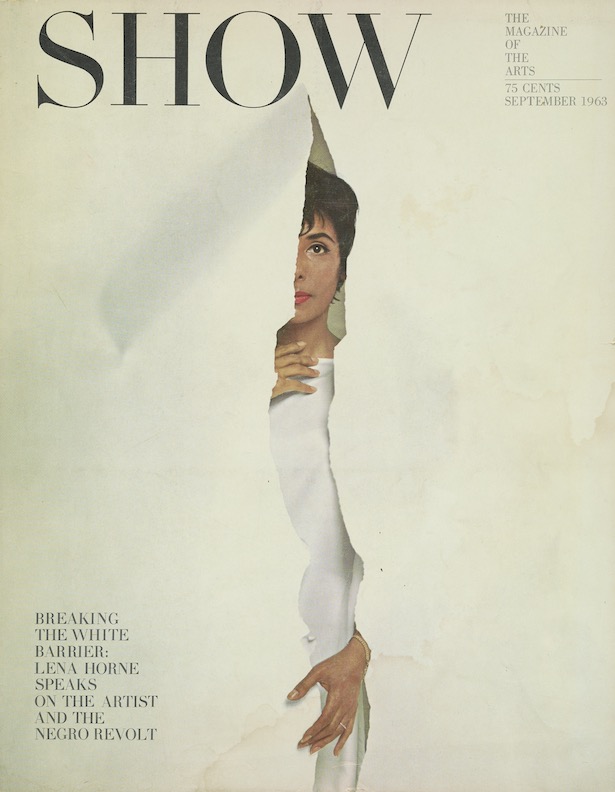
“Breaking the White Barrier: Lena Horne Speaks on the Artist and the Negro Revolt”
Show: The Magazine of the Arts
September 1963
Bernice Johnson Reagon
Bernice Johnson Reagon—along with Cordell Reagon, Rutha Harris, and Charles Neblett—founded the Student Nonviolent Coordinating Committee (SNCC) Freedom Singers, an early and influential group of civil rights singers. She would later cofound the women’s a capella group Sweet Honey in the Rock and work as Director of the Program in Black American Culture at the National Museum of American History.
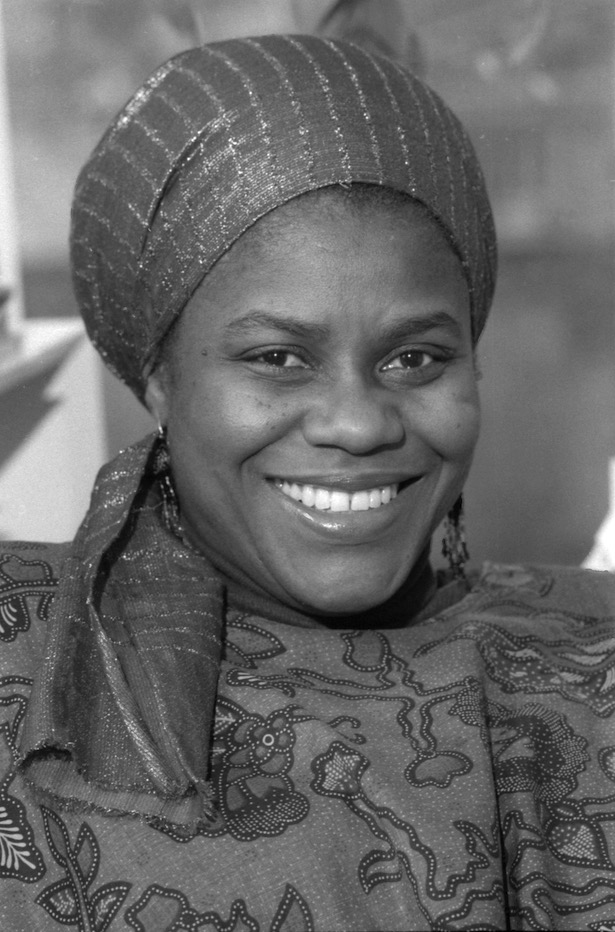
Bernice Johnson Reagon (born 1942)
Photo by Dane A. Penland, 1981
Smithsonian Institution Archives
Image No. 81-15021-20A

Freedom Singers
We Shall Overcome
Mercury Records, 1963
National Museum of African American History and Culture
Gift of Dwandalyn R. Reece
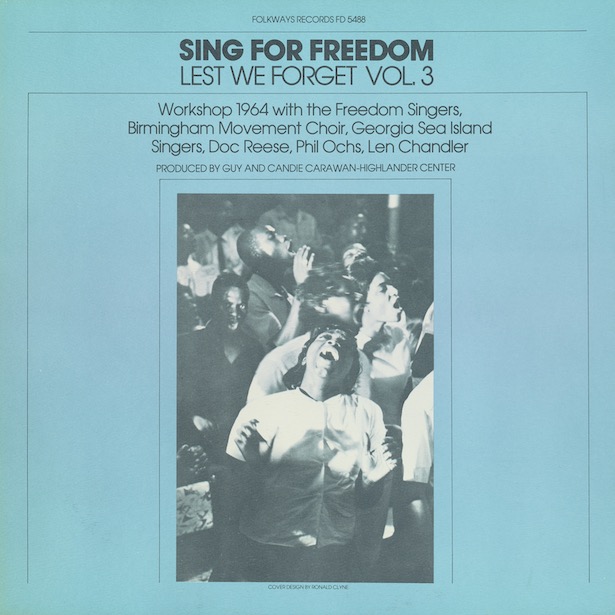
Sing for Freedom: Lest We Forget, Vol. 3
Various Artists
Folkways Records, 1980 (Recorded 1964)
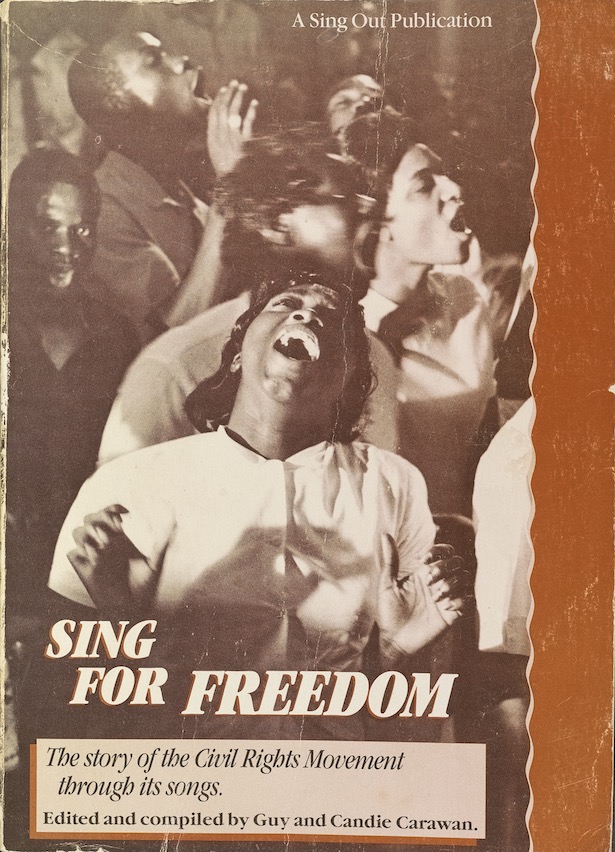
Sing for Freedom: The Story of the Civil Rights Movement through Its Songs
Guy Carawan and Candie Carawan
Bethlehem, Pennsylvania, 1990
Music for Women, by Women, about Women
Through topical songs and strong networks, women musicians have flourished making music for women and about women. These artists have challenged stereotypes and brought a purposefully gendered lens to the fore of artistic expression.
Building a Women’s Music Network
In order to create music for women, by women, and about women, some artists built their own community of music professionals. As equipment became easier to acquire and operate, artists began producing their own work. This newfound artistic control let women artists create the image and sound they wanted without going through a male-dominated record company.
Ladyslipper
Ladyslipper was a catalog and review publication dedicated to publicizing women musicians. It was a key discovery tool in the women’s music community.
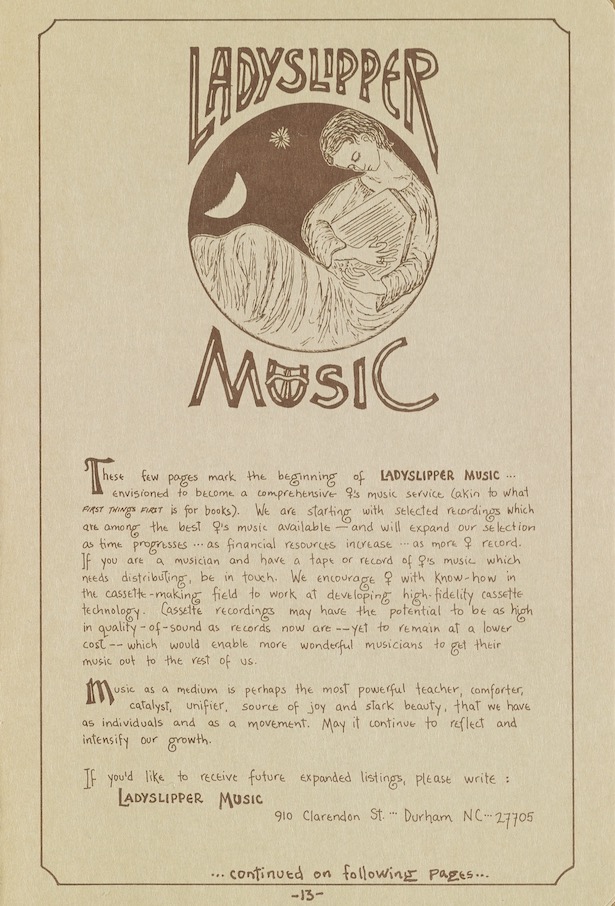
Creatrix Catalog: Woman-Rooted Crafts, Arts, Music
Ladyslipper, Inc.
Durham, North Carolina, 1976
Gift of Laurie Fuchs, Ladyslipper
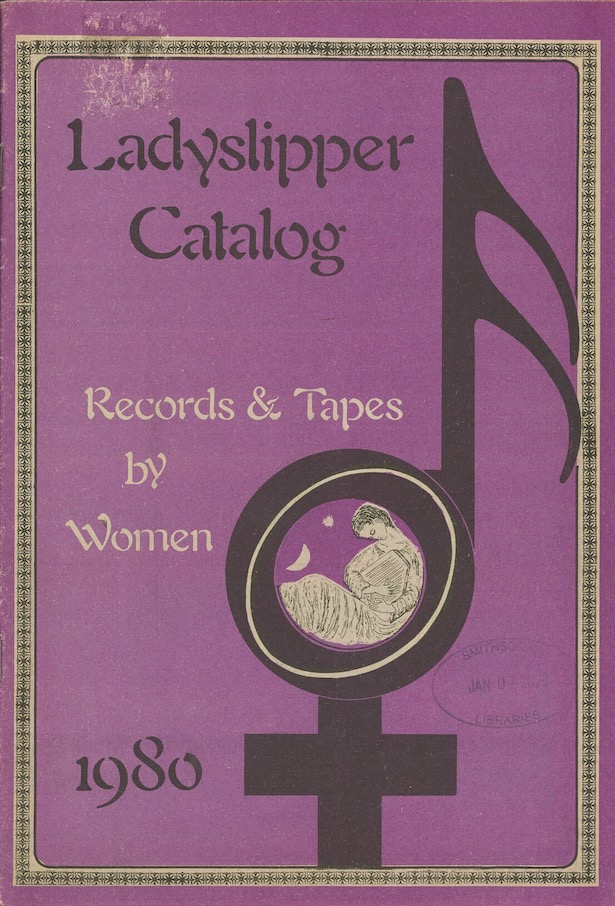
Ladyslipper Catalog: Records & Tapes by Women
Durham, North Carolina, 1980
Gift of Laurie Fuchs, Ladyslipper
Women’s Music Movement
The women’s music community encompassed all parts of the music industry. Record companies, producers, publishers, distributors, festival organizers, bookers, magazine editors, and other roles were all a part of this system. Olivia Records was a prominent part of the Women’s Music Movement. Founded by members of the radical lesbian feminist Furies collective in Washington, D.C., it operated from 1973 to 1988.
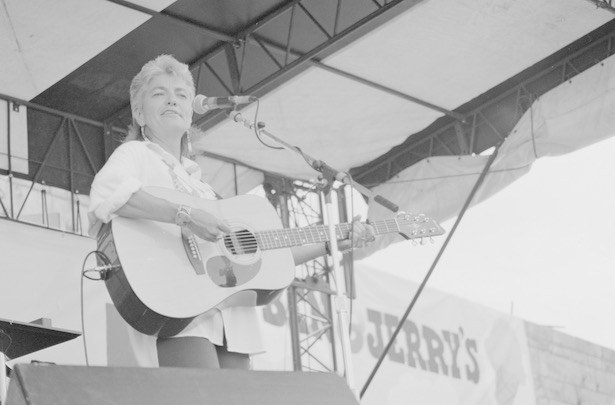
Cris Williamson at the Newport Folk Festival, 1992
Photo by Diana Jo Davies
Ralph Rinzler Folklife Archives and Collections
Sweet Honey in the Rock
In 1973, Bernice Johnson Reagon founded the Grammy-nominated all-woman African American acapella group Sweet Honey in the Rock, an important voice for Black women's experiences in the women's music movement and beyond.
Roadwork
Roadwork was founded in 1978 by Bernice Johnson Reagon and Amy Horowitz as a multiracial feminist collective. Through political activism, cultural expression, concerts, and workshops, they strived to create social change both within and outside of the performing arts.
Suni Paz
Argentinian American musician Suni Paz was an early Latina voice in the women’s rights movement of the 1970s.
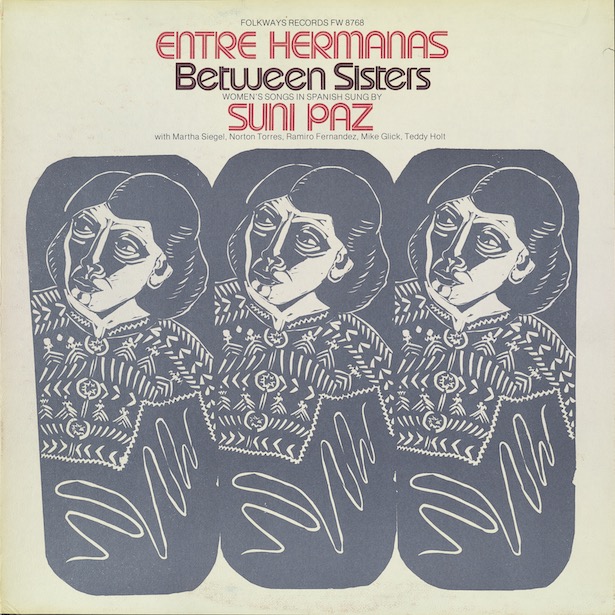
Entre Hermanas/ Between Sisters: Women's Songs in Spanish
Suni Paz
Folkways Records, 1977
Ralph Rinzler Folklife Archives and Collections
Girl Power
In the 1990s, rock and roll took center stage with the creation of new networks, movements, and media aimed at supporting young women and girls. The Riot Grrrl punk movement broke taboos with zine publications and songwriting about gender harassment, women’s health, self-image, reproductive choices, free expression, and sexual violence.
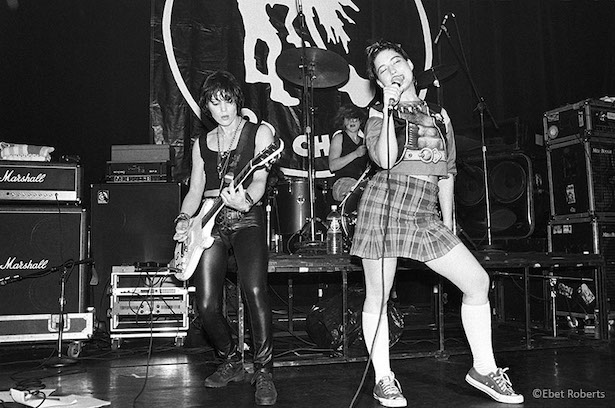
Kathleen Hanna (right) of Bikini Kill on stage with Joan Jett (left) at Irving Plaza in New York, July 1994.
© Ebet Roberts. Used with permission.
ROCKRGRL
Founded by Carla DeSantis Black (born 1958), ROCKRGRL was the first nationally distributed magazine that specifically targeted women musicians. Through its run, ROCKRGRL published 57 issues, and at its peak, it had a circulation of approximately 20,000.
Zines
Riot Grrrl zines were popular, self-published periodicals, distributed freely through an informal economy of punk music fans.
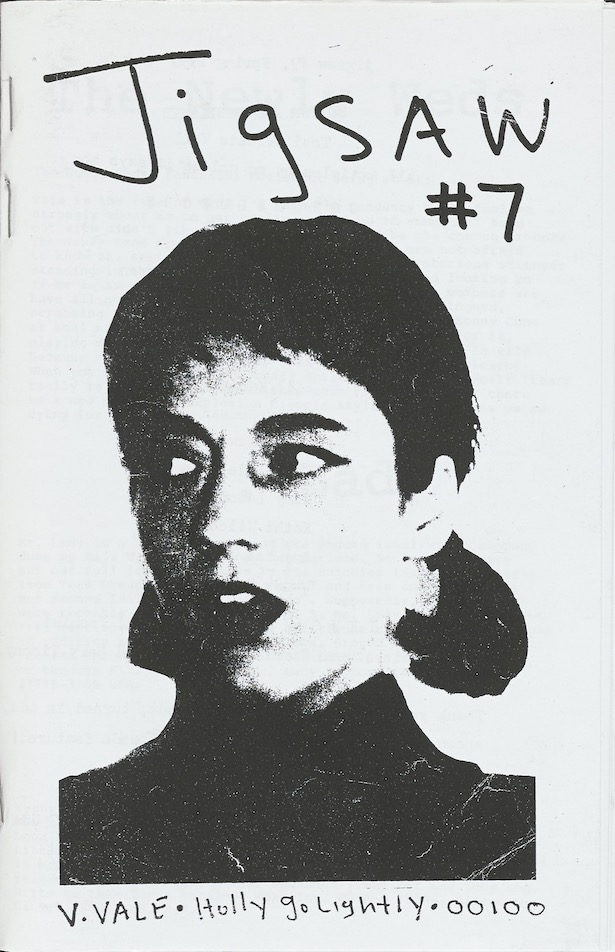
Jigsaw (#7)
Tobi Vail
Olympia, Washington, 1999
Gift of Meredith Holmgren
First published in 1989, Jigsaw, produced by Tobi Vail, connected like-minded readers and musicians through writing about women’s issues, perspectives, and experiences.
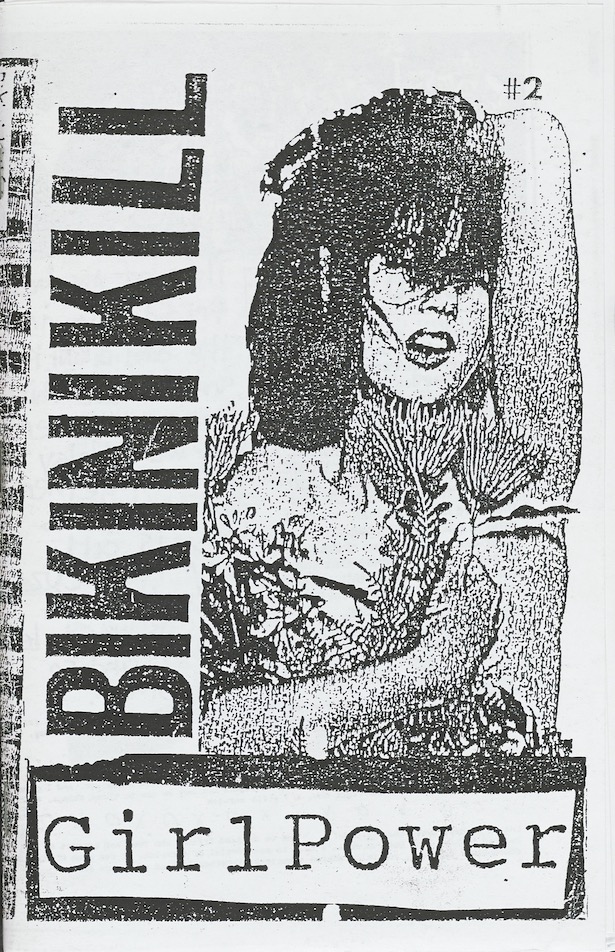
Bikini Kill: GirlPower
Olympia, Washington, 1991
Gift of Meredith Holmgren
Founded in 1990, Bikini Kill is an iconic band of the Riot Grrrl movement. Its original members included Kathleen Hanna, Tobi Vail, Kathi Wilcox, and Billy Karren. In addition to making music, they wrote and published their own zines.

Girl Germs (no. 3)
Molly Neuman and Allison Wolfe
Olympia, Washington, around 1992 (reprint)
Gift of Meredith Holmgren
Published by Allison Wolfe and Molly Neuman, both of the band Bratmobile, Girl Germs was an influential zine of the feminist riot grrrl movement.

